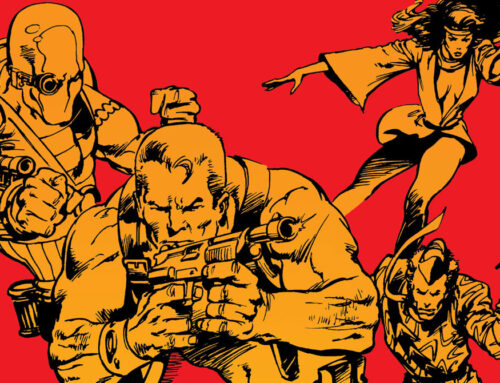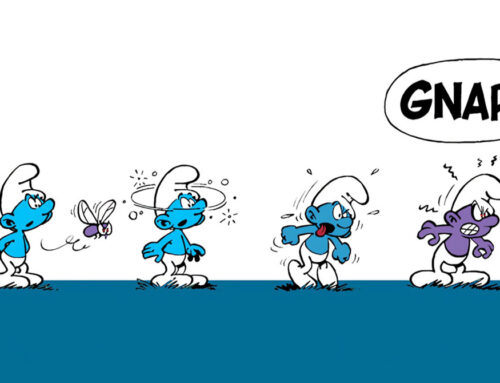While reading The Crow I was reminded of that famous hymn sung by the obscure religious order, The Sisters of Mercy: Hey now, Hey now now, sing this corrosion to me.
The Goth movement of the 1980s was defined by black clothing, eyeliner, and pain. So much pain. It is a subculture that opens itself up to parody, but to be fair it did produce a lot of creative and unique works in music and literature, and it did look kinda cool.
And nothing epitomizes this aesthetic more than The Crow.
Written by James O’Barr and first published in 1989 by Caliber Comics, The Crow was separated into four parts – titled “Pain”, “Fear”, “Irony”, and “Despair.” The plot is relatively simple. After his lover Shelly is attacked and killed by a group of clichés the protagonist Eric is transformed post-mortem into a supernatural being of sorts and goes on a revenge quest. We then are led through a series of scenes where Eric enacts his vengeance with little to no tension, but depicted in a highly stylized manner.
The art can best be described as Frank Miller meets Tom of Finland. Drawn in black and white the comic is atmospheric, erotic, and brutal; at times it is crude, but it can be beautiful. O’Barr uses dark tones and harsh lighting for the present day, and a bright almost washed out technique for the flashbacks; making the past into a dreamlike otherworld, while the present is dim and grimy. Eric is drawn to be sinewy and moves like a dancer; while the villains are lumpy and rough and move with Neanderthal sluggishness.
Throughout, the story is peppered with quotes from Rimbaud to Robert Smith. It utilizes religious symbolism and iconography, and makes valiant attempts at poetry. The Crow, for all its aspirations, is punching above its weight, trying to be more than what it is; because at its heart, if you strip away all the Goth sentimentality, it is simply a 70s exploitation film, a lurid pulp novel. A rape-revenge narrative with stock, depraved villains and a protagonist pushed beyond his limits and forced to commit horrible acts in the name of love. Not to mention a female character who is reduced to simply: the inciting incident.
But the thing is you can’t strip the Crow from its Goth sentimentality. Yes, the story beats themselves had become rote even by the late 80s, but the Goth style and the hint of the supernatural is what makes this comic unique and sets it apart from other similar work. And this is the key to its popularity, and why it has spawned so many adaptations and re-imaginings…because like the Goth subculture itself, it kinda looks cool.
The Crow is a flawed story. It seems to revel in the violence and the depravity of its characters, and depicts those characters as one-dimensional stereotypes. But in the end O’Barr does make one salient point, one that, while it doesn’t make up for its flaws, it change how I view the story. Because in the end there is no catharsis, there is no triumphant victory, no punch-the-air hurrah! It just ends. Because revenge, no matter how justified you think the cause, is not justice. Revenge is just carnage. There is no happy ending with revenge. And The Crow seems to know this. So in the end there is only sadness.
And pain, so much pain.
This article originally appeared as the introduction to episode 109: The Crow.
The Collected Edition is a comic book podcast where the hosts discuss the famous and infamous runs and story arcs throughout the history of comics. Please subscribe to the show on Apple Podcasts, Sticher, IHeartRadio, and Spotify.














Leave A Comment